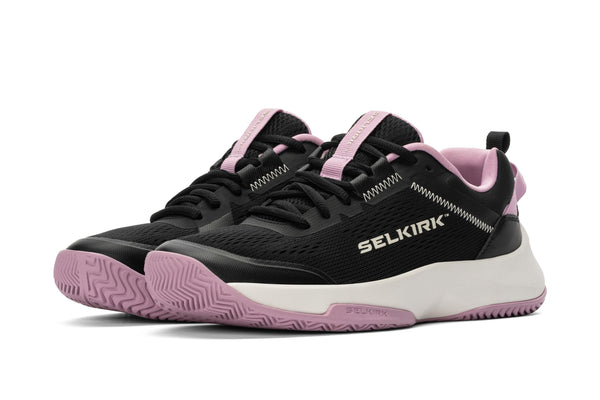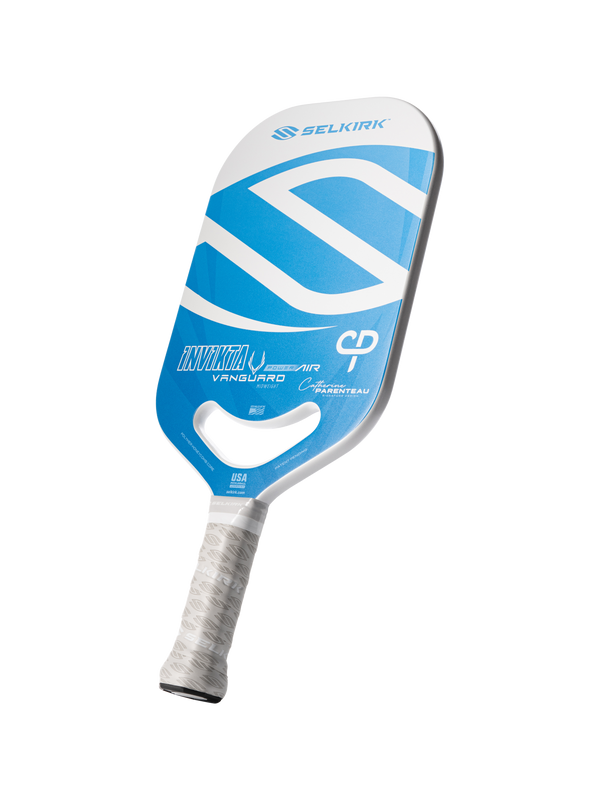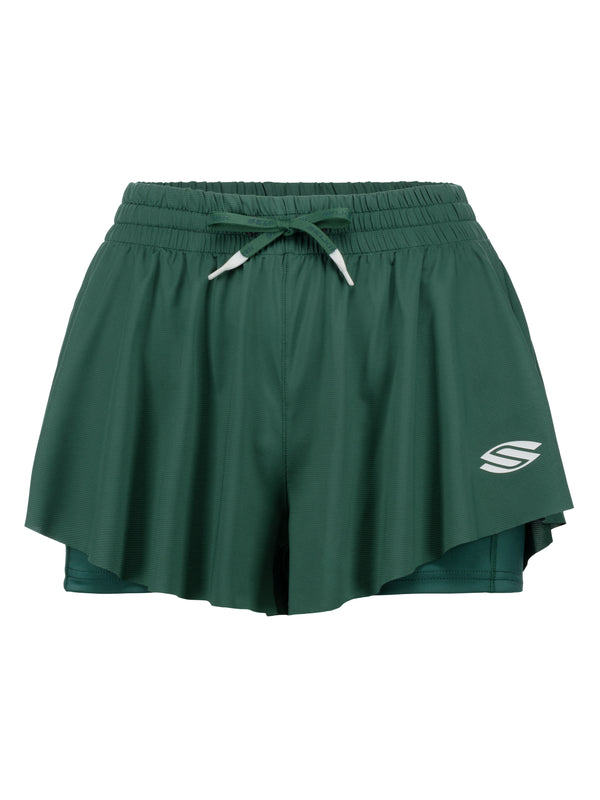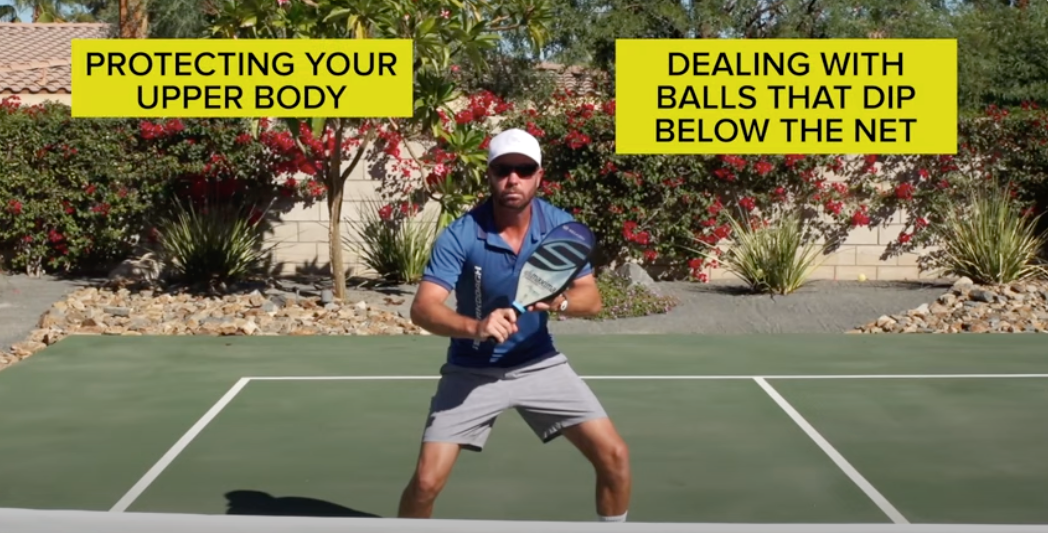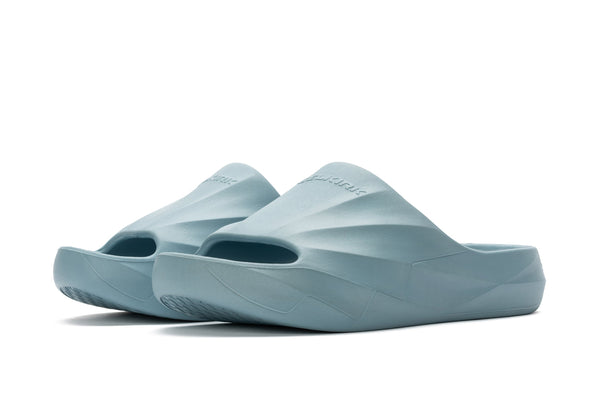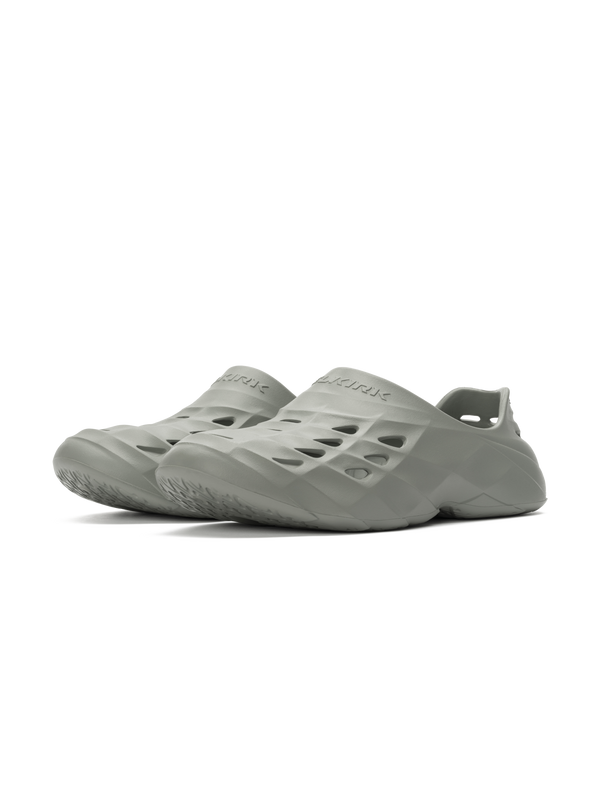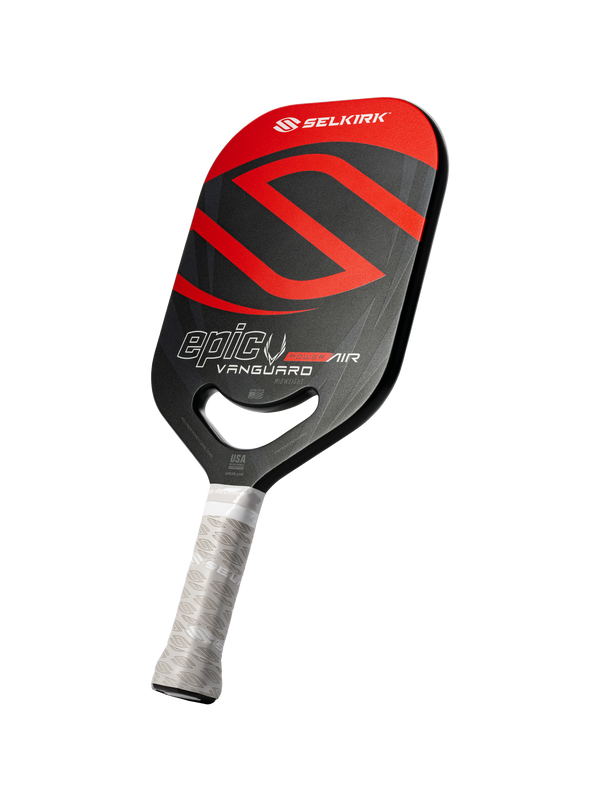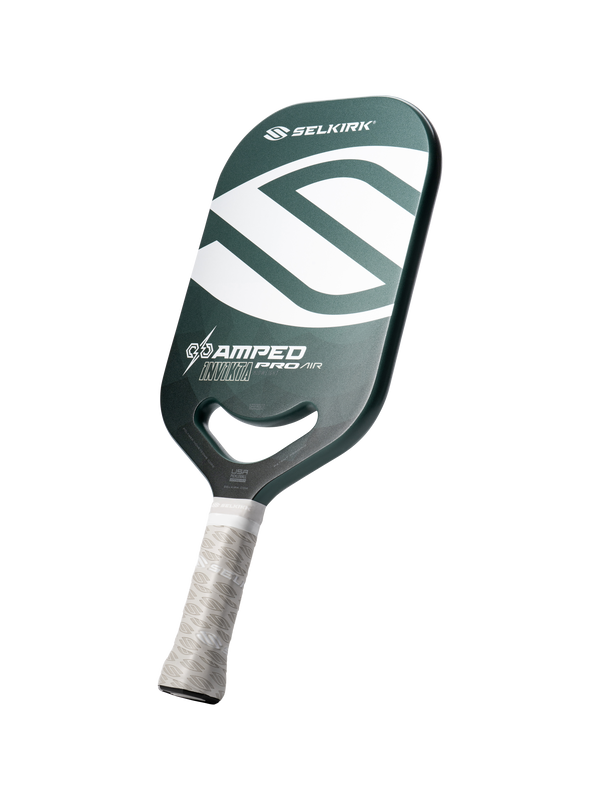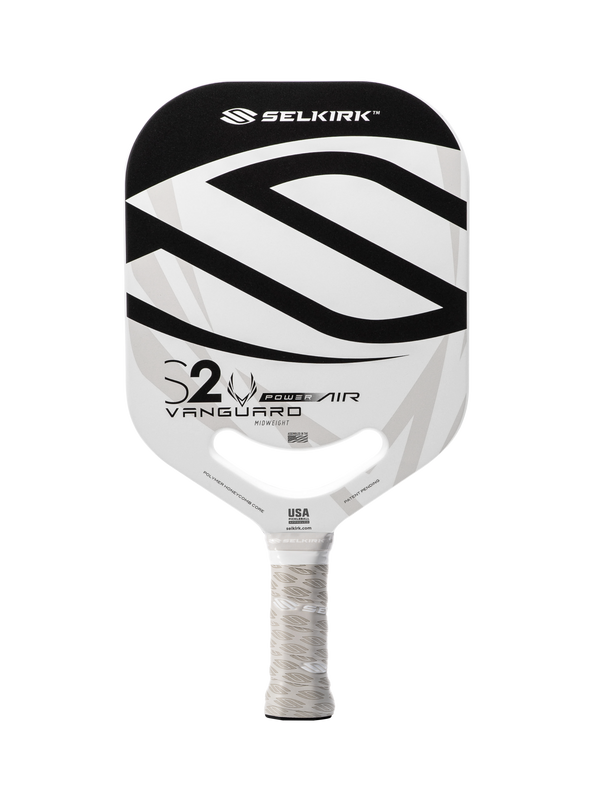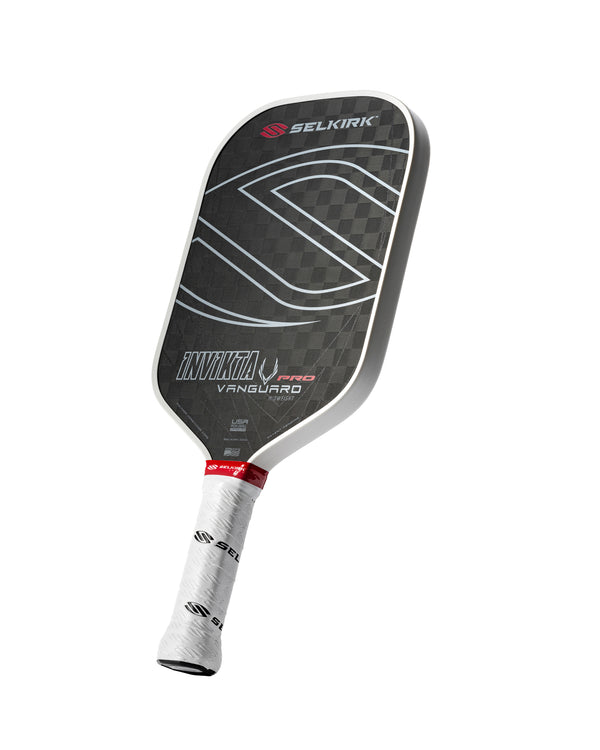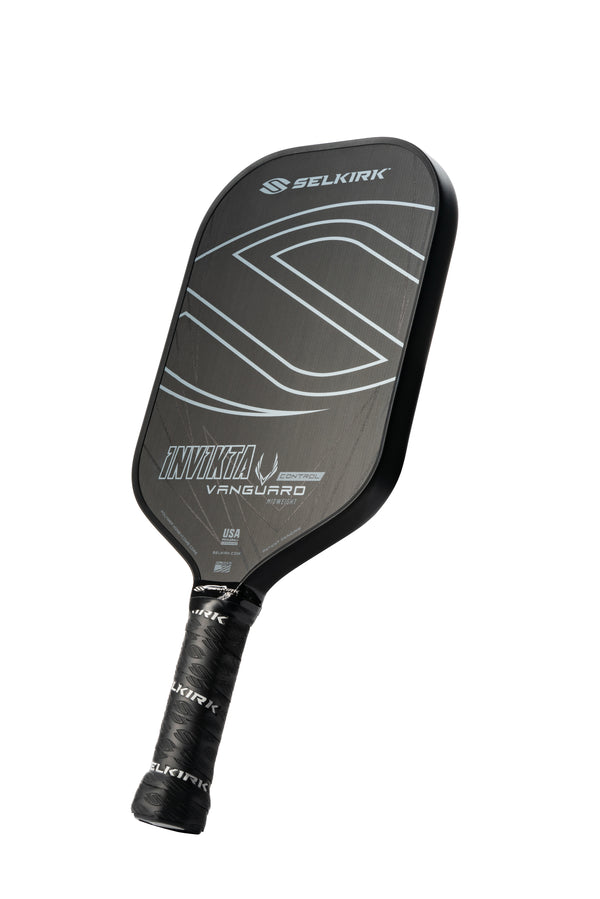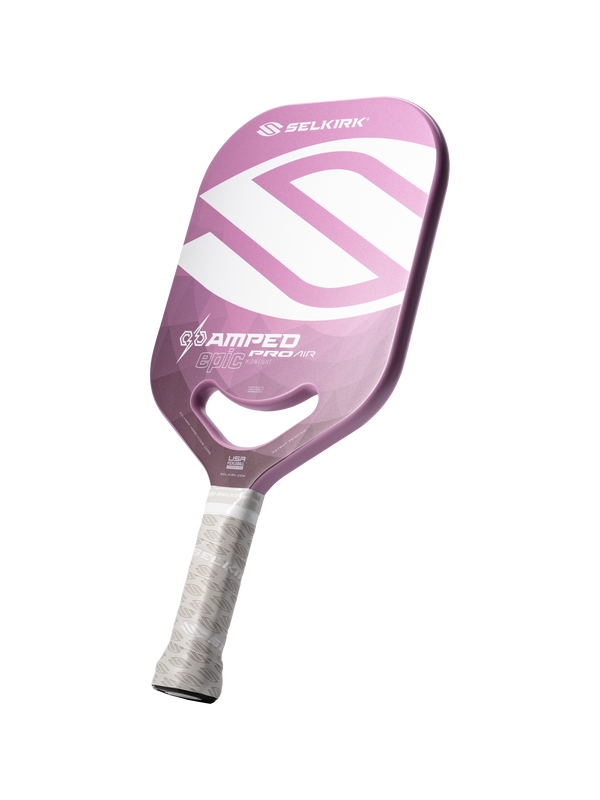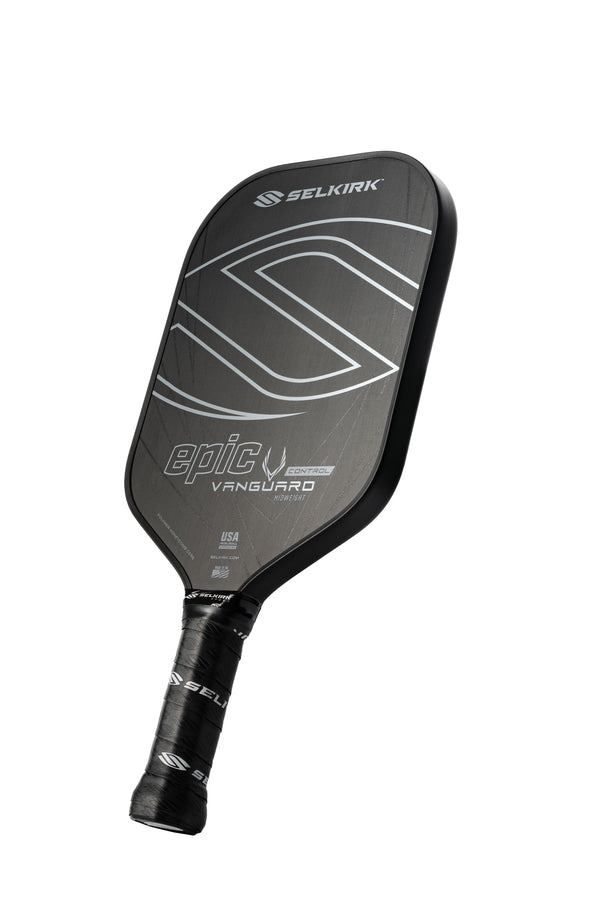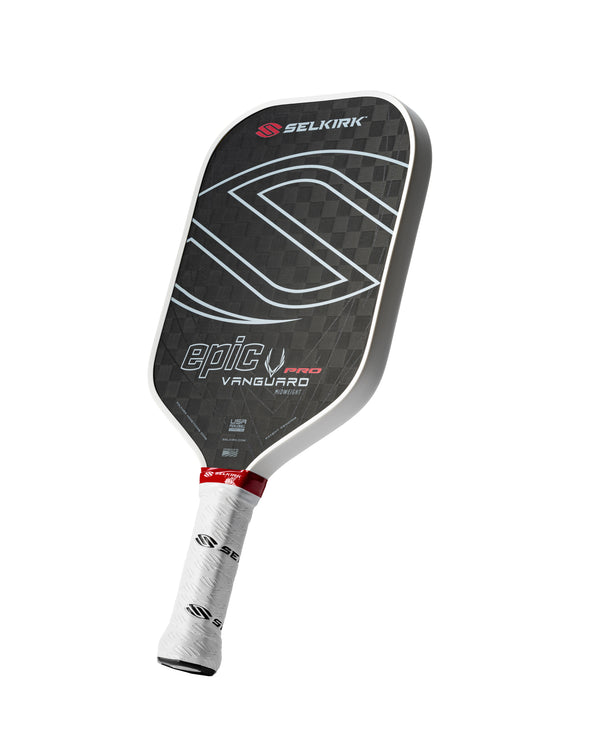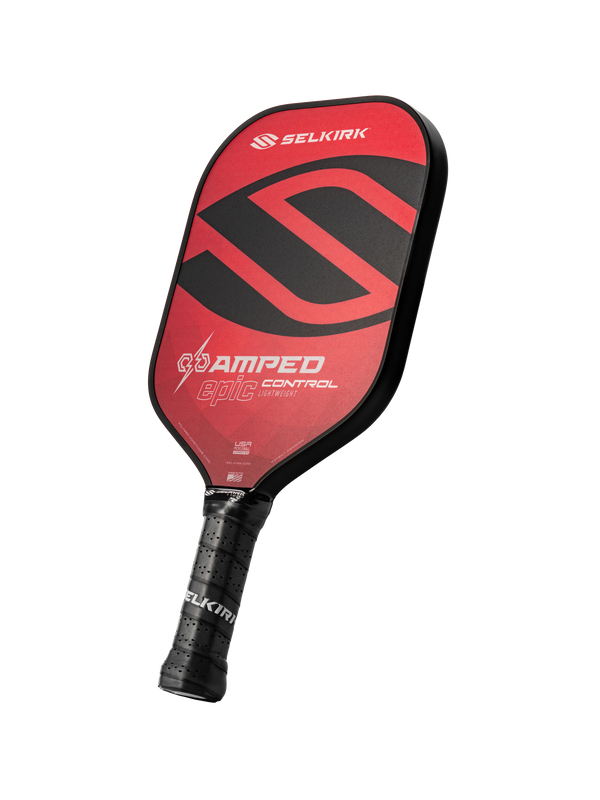
When facing bangers on the pickleball court, you'll often find yourself in hands battles at the kitchen line.
Although smashing the ball can be exciting, mastering punch volleys and blocks is essential to keep the points going and maintain control.
In this Selkirk TV original, pickleball coach Morgan Evans shares tips for how to hold your paddle when executing punch and block volleys.
The correct grip for volleys
The best grip to use when executing punch and block volleys is the continental grip for a few reasons:
- It gives the paddle face a neutral angle on both sides, meaning neither backhand nor forehand is in a weakened position.- This grip avoids awkward arm positions, reducing the risk of tennis elbow tennis elbow.
To easily find the continental grip, simply grip the paddle face between your thumb and fingers. Slide your hand down the paddle face until you are holding the handle. You should have created a V shape with your thumb and index finger. The bottom of the V should be in line with the inside edge of the paddle — the left edge if you are right-handed and the right edge if you are left-handed.
The best paddle position for volleys
The exact paddle position will vary depending on several factors, including your height, your position on the court, and the ball’s flight path. However, there are general guidelines to follow:
- Keep the paddle raised: Maintain your paddle just above net height. This position offers a good balance to protect your upper body from hard volleys and to handle balls dipping below the net.
- Prepare for fast drives: The fastest drives need to stay low across the net to avoid sailing off the court. To defend against these, you’ll often use backhand volleys due to their defensive nature.
Considering that backhand volleys are more common in defensive situations, it’s beneficial to present more of the backhand side of your paddle to your opponent.
At the kitchen line, imagine straight ahead is noon on a clock face. Point your paddle face to the 10 if you are right-handed and the 2 if you are left-handed.
This positioning minimizes the time needed to prepare for an oncoming shot, ensuring you are well-prepared for any situation.
Download the Selkirk TV app HERE to watch the complete episode and many other Selkirk TV original shows, podcasts, lesson series from the pros, and much more.



